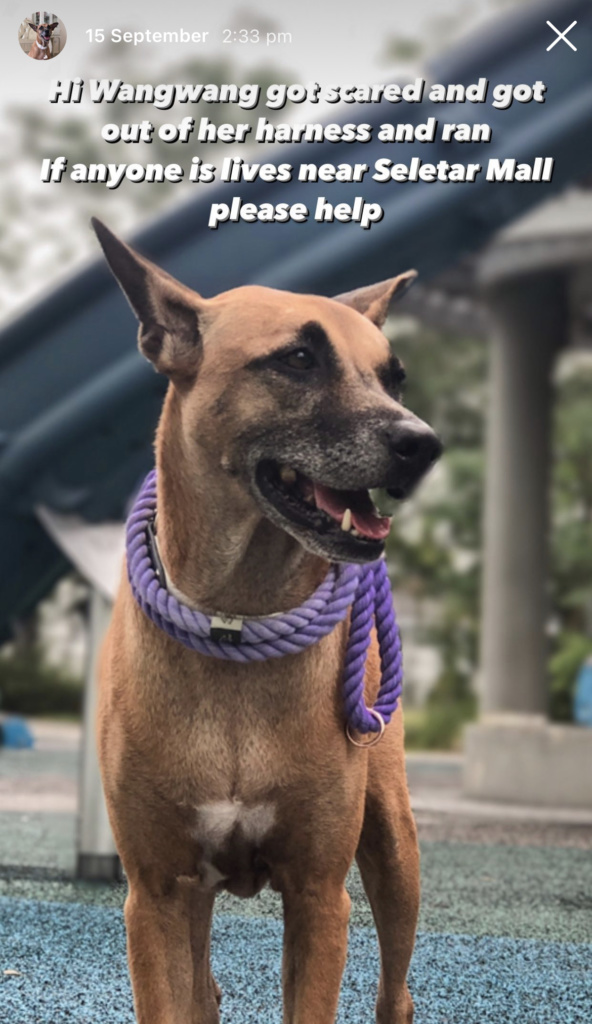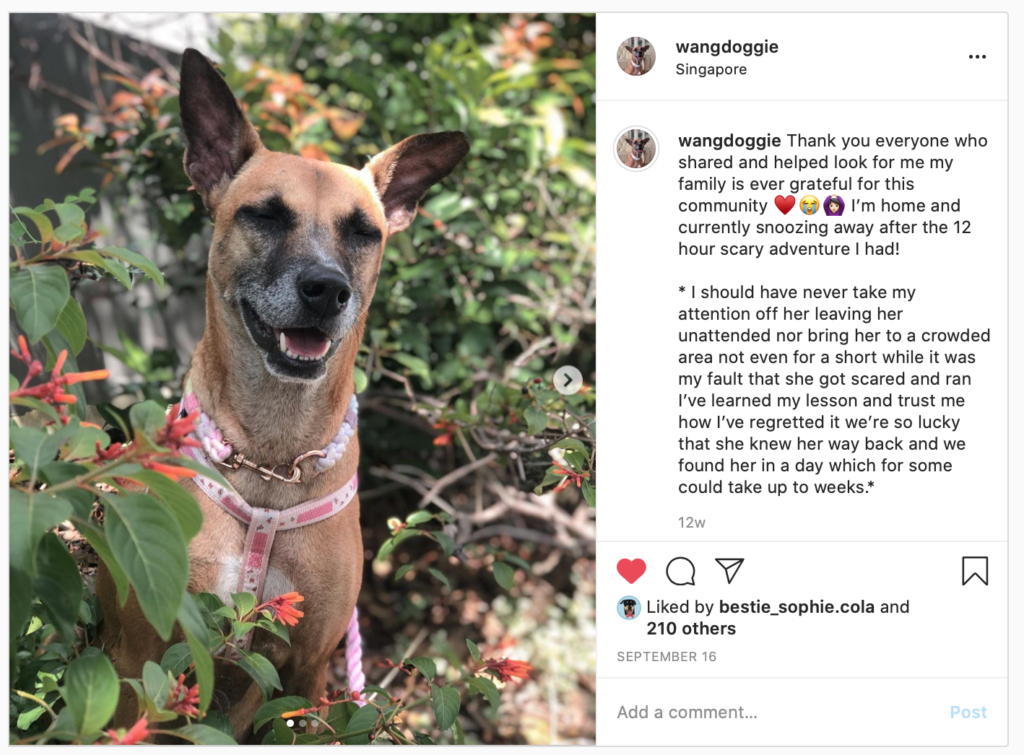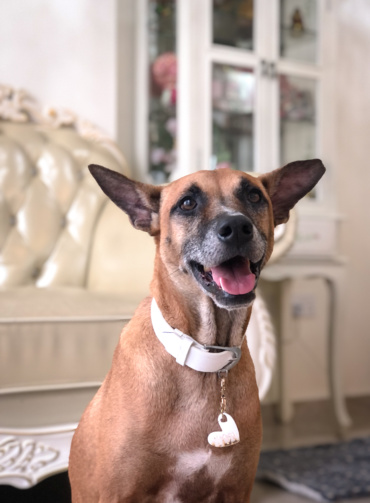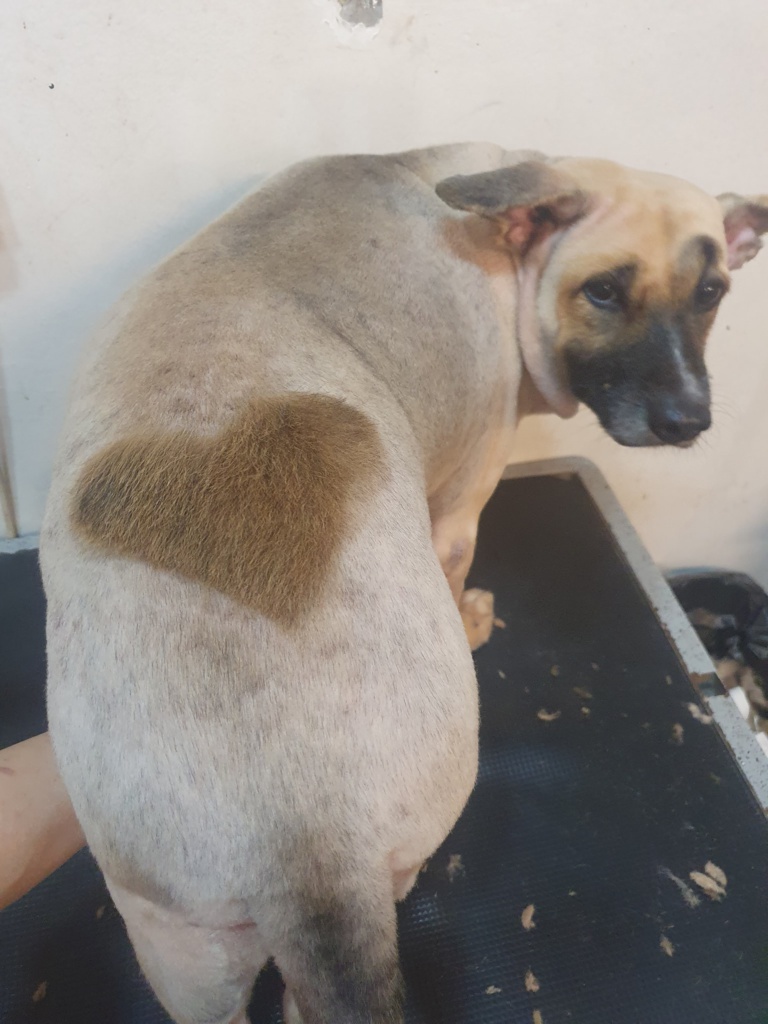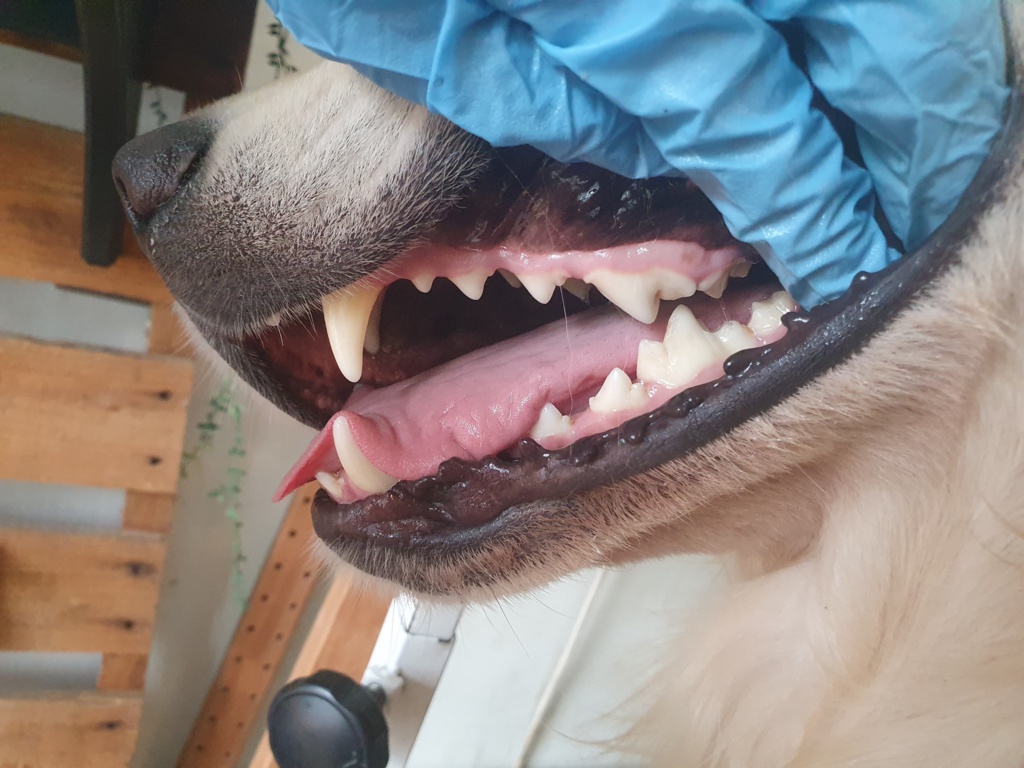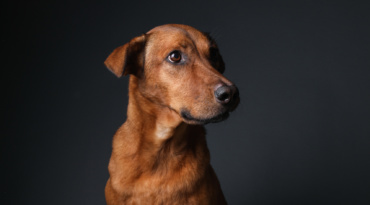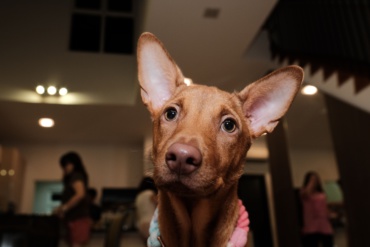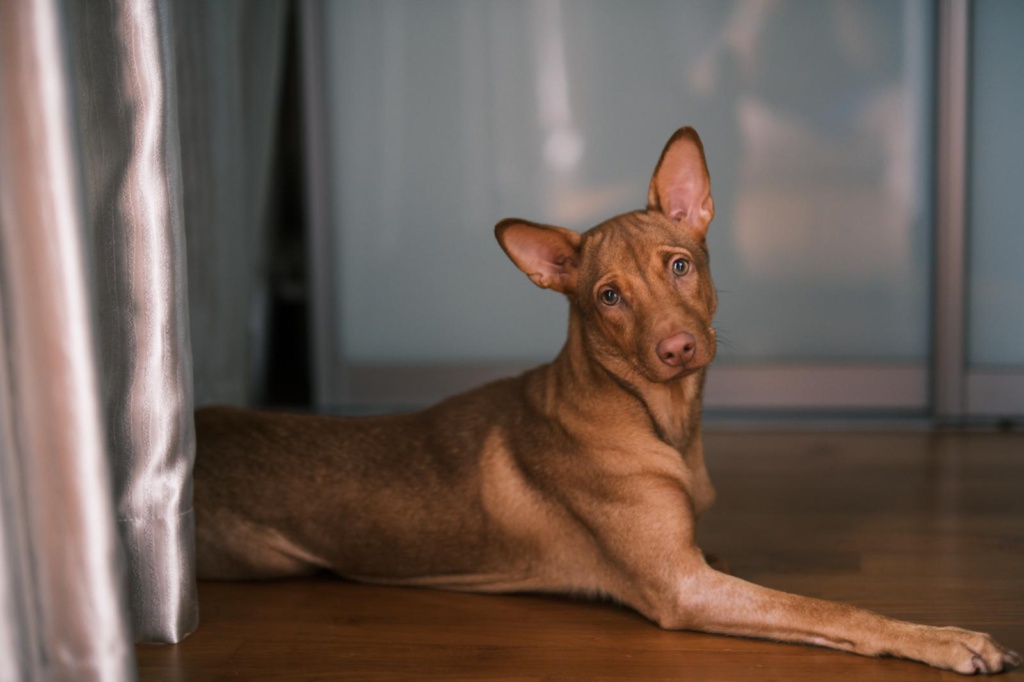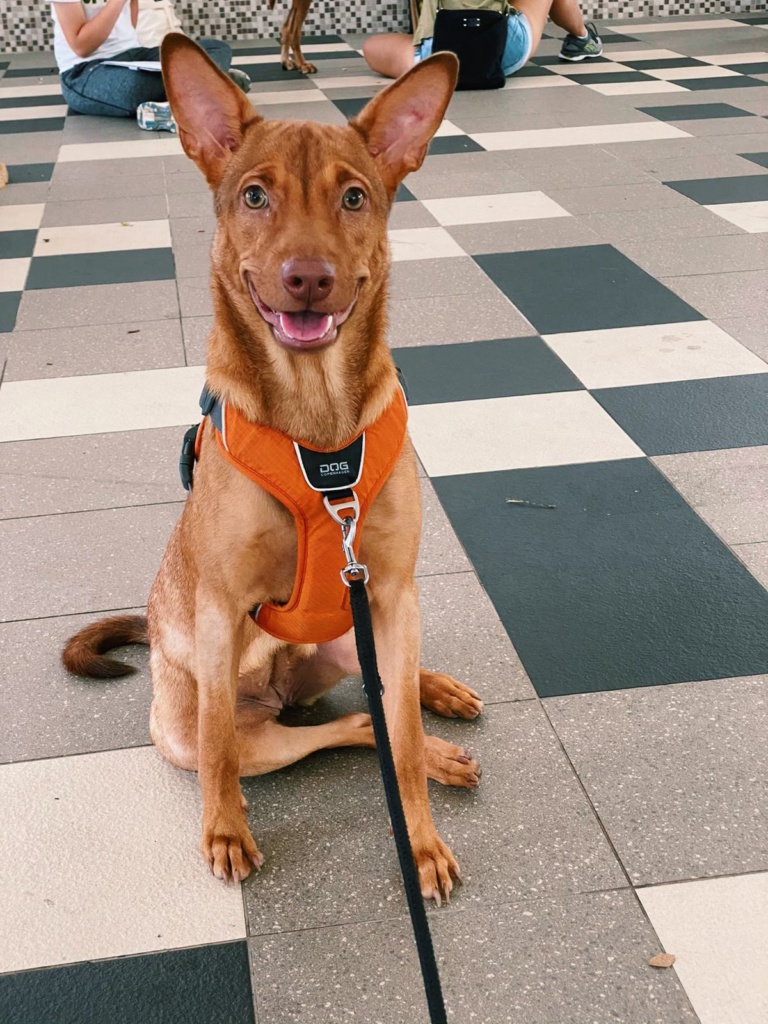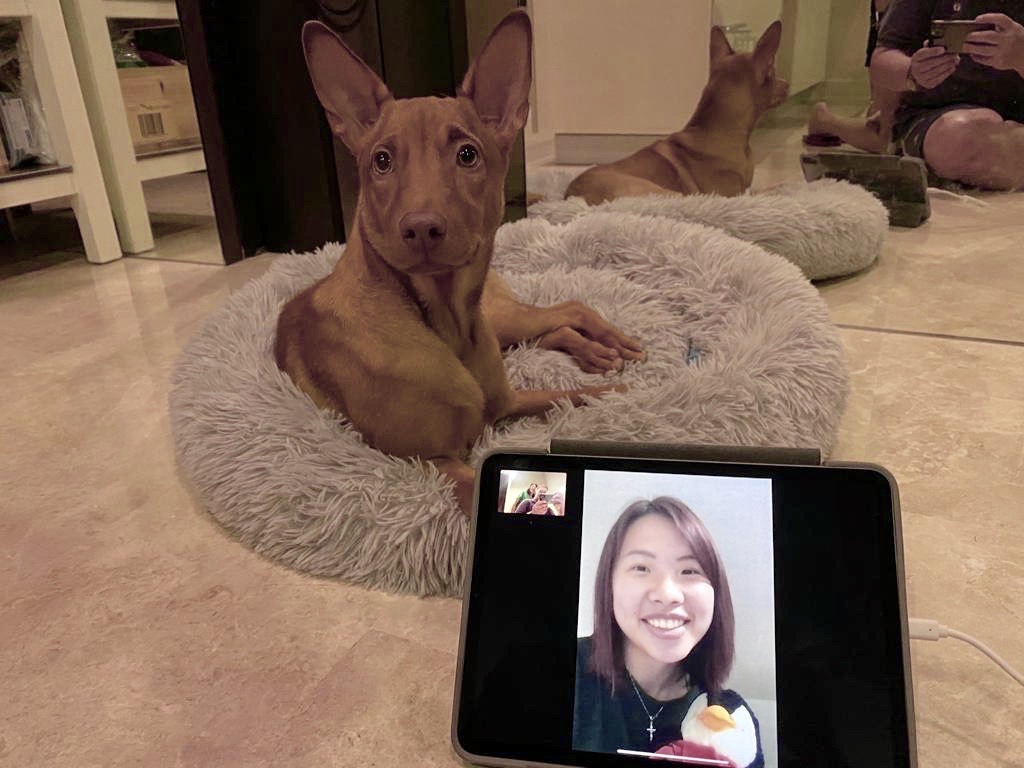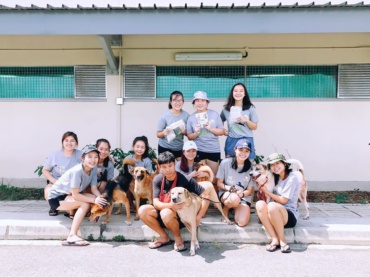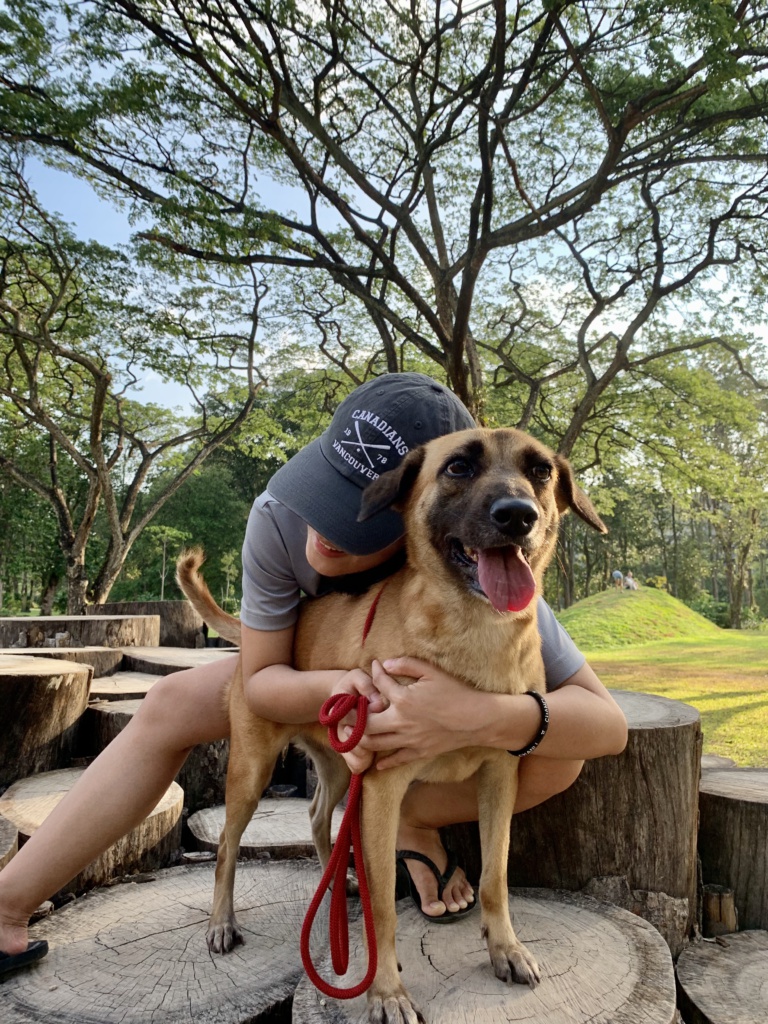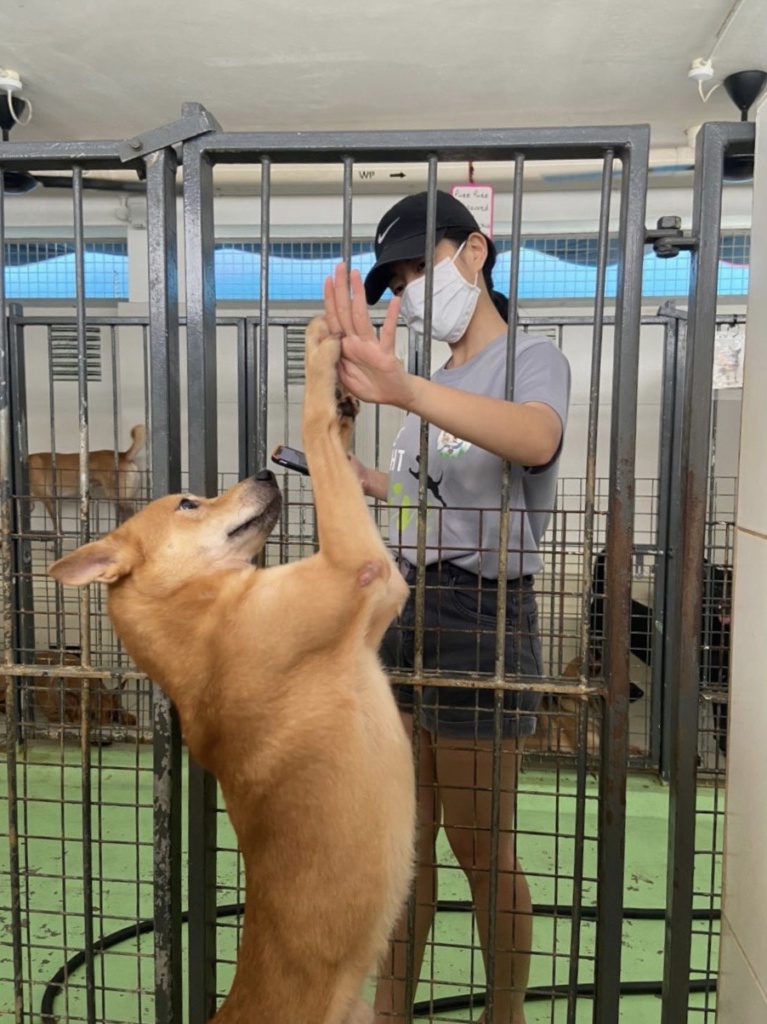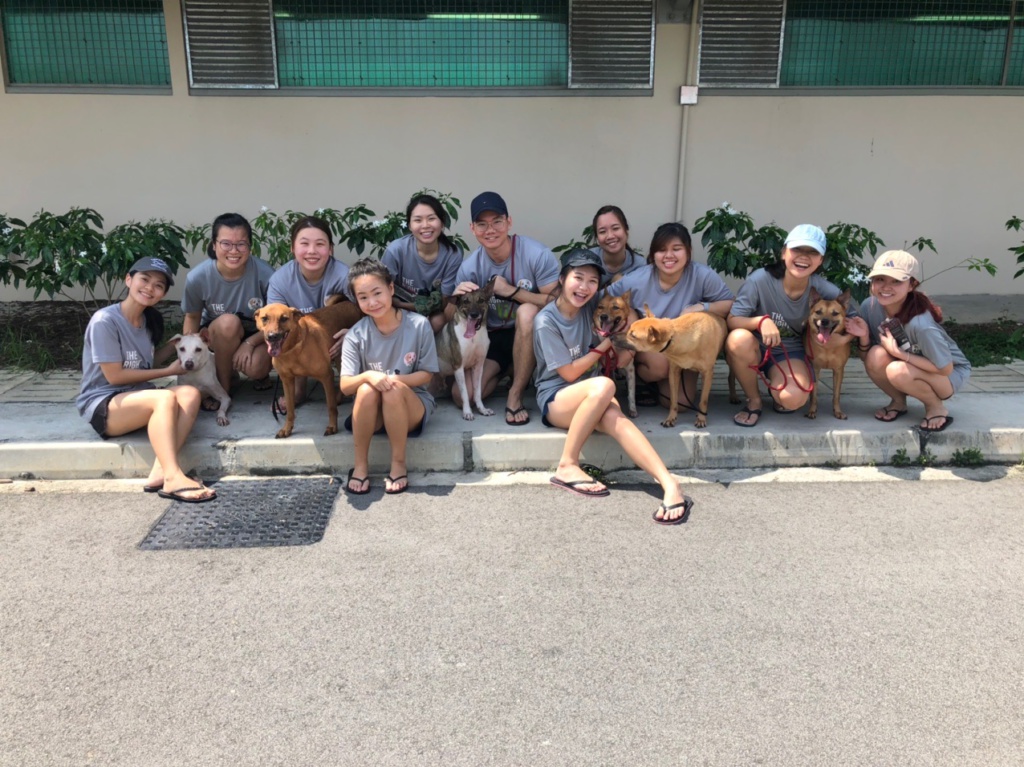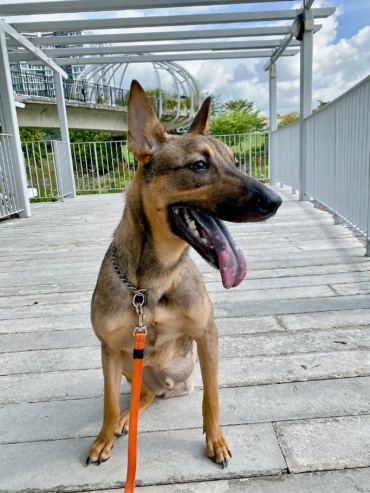What the Shelter Won’t Tell You
Lady-Mae is my first Singapore Special. We adopted her in 2012. She is my seventh dog in my life. When I was growing up, we could have unlimited number of dogs as long as they weren’t a nuisance to the neighbours.
As an experienced dog owner and handler, I did something totally out of the ordinary when it came to choosing Lady-Mae. I went purely with my instincts. I didn’t research about owning a rescue dog, I just went ahead to get one. (If you’re a new dog owner, I highly suggest that you speak to many fellow Singapore Special owners. A variety of owners and not just one type of owner. It’ll give you a more realistic view of this dog. Please do not follow my example.)
As time went by and I got involved in the dog community, I realised that many people struggled with their Sg Special because either their dog wasn’t properly socialised or they did not get a suitable trainer. So here’s a list of 12 things that I think will help you to decide if the Singapore Special or SS is for you and if you’re up to the challenge.
1. They are the toughest dog to train, even harder than a husky: Most trainers will tell you the Husky is the hardest dog to train. Well, move aside Husky because the Singapore Special tops that list. Singapore Specials don’t care about anyone. They are not bred to want to listen to you. They are bred to solve problems on their own. They do not do well with a wishy-washy handler. Not being able to make a decision on the fly is going to make you be a weakling in the Singapore Special’s eyes. Once you’re seen as a weakling, they will exploit that. I often tell fellow owners that making a bad decision is better than not making one at all.
2. You’ll need to find a GOOD balance trainer: A good balance trainer means a trainer who knows how to use Positive Reinforcement and knows how to teach corrections in a fair and just manner. Singapore Specials are sensitive dogs. They do not do well with high aversive training and neither do they do well solely on Positive Reinforcements only.
3. Singapore Specials need a firm owner: Being firm these days is being labeled a dictator. On the contrary. Being firm means that when you say NO to your dog, be prepared to say NO another one thousand times before your dog will take you seriously.
4. Critical Learning Period For every dog, not just the Singapore Special, the critical learning period is from 3 to 5months. During this time, if a dog is intentionally socialized well to the environment, people, and the lifestyle of the owner, it will grow up to be a balanced dog. However, this is highly critical for the Singapore Special. Missing out on this window creates many of the behavioural issues that the dog will carry through its life. The only reason why the dog becomes good is because of good management. So be prepared to manage your dog but it doesn’t mean you will see the problem behaviour go away.
5. Socialising your dog is a crazy long list over a crazy long time: For many Singapore Specials, they find it hard to adapt to the urban lifestyle that we live and move in. They need to have POSITIVE experiences from the time they are rescued all the way until they have matured adults (4 to 5years old). Socialisation is not going to be a ONE-time affair. These dogs need the consistent positive experience. Socialization isn’t bringing a dog to a dog park and letting it do what it wants. Socialization is an intentional affair with a specific goal.
6. Knowing who you are is critical: Self-awareness is probably the one thing that most SS owners struggle with. So before you bring one home, know what makes you tick. Know how you make decisions, what needs you have so that you can make decisions. And be comfortable in your own skin. E.g. some people need TIME to make a decision. If that’s you, then be aware that if your dog reacts, you should already have a backup plan because there will not be time for you to deliberate. Your Singapore Special is going to know you before the first day is over. And it’s going to know what your weaknesses are and how it can exploit you. E.g. if you’re afraid that the dog will bark its lungs out and get a complaint from a neighbour, the Singapore Special is going to bark the heck of its lungs out because it’s going to push every weakness button. It wants to see which of our weaknesses it can exploit.
7. It needs leadership: Leadership has become a nasty and dirty word in the dog world today. It’s sad because Singapore Special needs a person who is able to provide them clarity. These dogs need someone to give them clear definitions of what is and what isn’t acceptable behaviour. And they need someone to give them clear guidance on how to achieve acceptable behaviour. Failure to provide this will result in a Singapore Special that is highly fearful, reactive, or aggressive.
8. The Singapore Special is wild at heart: I think too many people downplay this trait in the Singapore Special. They are very feral. Almost wolf-like. But they are dogs. They will be eager to please if you can provide leadership. You’ll never be able to domesticate the Singapore Special but it doesn’t mean they cannot be in a home. I always felt guilty for adopting Lady-Mae because I felt like I was caging her by adopting her. It took me 8 years to be able to say that my rescue dog is beginning to be more like a dog that has been carefully bred for centuries.
9. Singapore Specials need an outlet for problem-solving: Because these dogs have evolved to problem-solve daily, they need to be active participants in their training. One of the things that I do is WAIT for the dog to offer me a behaviour that I find acceptable. I don’t give it a command. This is what we call Free Shaping in dog training terminology. Eg. I will wait for the dog to calm down and not jump on me before putting the leash on. I will not tell the dog to sit etc. I will wait until the dog is calm and gives me eye contact before I reward the dog. Having fostered and helped so many dogs and families, Free shaping is highly integral for a Singapore Special. It keeps them engaged. It makes them think about what you want and that taps into their instincts to problem solve. Know how to work with their instincts not against it.
10. They need to roam free: Every Singapore Special yearns to be off the leash. It’s sad that many owners aren’t able to train their dogs to the point where their dogs can be off the lead and ignore people and dogs and just be engaged with their owners no matter what happens. So if you ever adopt one, be prepared to put aside EVERY free time you have and work with the dog until you can get here. Your dog will thank you daily.
11. They are purpose-driven: Singapore Specials are not the usual pet dog. If you’re looking for one, be prepared to go to a trainer who is adept at knowing how to train working breeds. They need a job. Some Sg Specials are really adept at obedience work. Some are great with tricks. Some are awesome with people, (yes there are some Sg Specials who are). And then, there are some who are like my dog, Lady-Mae who enjoys helping people and animals in distress. It’s going to take you at least a year or two before discovering that your dog’s purpose is. So be open minded, go try many activities. Lady-Mae and I have tried, Obedience Competition style training, Tricks, Pet therapy, Agility, Lure coursing. All these flopped terribly and miserably. My dog just stood there and looked at me like she was bored. Until we tried Nosework. Lady-Mae enjoys the search especially for an animal that’s in distress. She enjoys it so much that you can’t even lure her away with Mcnuggets!
12. They are resilient, have great perseverance, and are highly intelligent: Many times when I see descriptions of a Singapore Special up for adoption, nothing that is on that paragraph is what you’re really going to get. Singapore Special is a highly resilient dog, meaning it can withstand a lot of psychological challenges and it’s going to use that with you throughout its lifetime. The SS is also a dog with great perseverance hence they might look very stubborn. However, if you are able to persevere together with them, you will not only gain their love, loyalty, and devotion but their utmost respect. Lastly, the Singapore Special is highly intelligent. I think people do not give enough credit to this dog. Lady-Mae hasn’t ceased to surprise me every day with her ability to offer an innovative solution.
The Singapore Special requires us to put their needs way above ours for a very long time. Adopting one will consume you. It will take up a lot of your time, money, and energy daily for a good 3 to 4years before you’re able to see a highly reliable dog. That’s if you put in the work daily. I have not met a SS owner who said their adoption journey was easy.
Every SS owner will tell you how hard they worked to get where they are. I worked hard but I know of owners who had to work much harder than I did. If you are still up to adopt one, then, welcome to the club. You chose a dog that will not just change your life but it will force you to grow you in ways you never imagined.
Adopting a Singapore Special is not for the faint-hearted. It’s for people who are prepared to take on a self-development journey.

